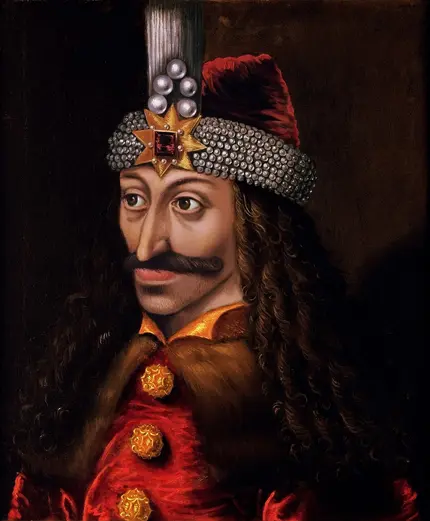
Vlad Tepes, model for Bram Stoker's Dracula
In a region full of secrets and legends, a figure lurks in Transylvania who has fuelled people's imaginations for centuries - Dracula, the vampire count.
Vlad III Drăculea, translated as "son of the dragon" and "son of the devil", was nicknamed "the impaler" by his enemies. The legends surrounding his person served as a model for Bram Stoker's Dracula.
Dracula is well known thanks to Stoker's novel and subsequent film adaptations and has become synonymous with supernatural mystery and extraordinary charm. However, the origins and veracity of this character are the subject of debate and speculation. In this article, we venture into the mysterious world of Dracula and explore his sources of inspiration, his routes through Transylvania and his lasting influence on popular culture.
The story of Count Dracula, the most famous vampire of all time, is closely linked to the story of Vlad III Drăculea, a notorious warlord from Wallachia. Vlad III, also known as Vlad the Impaler, was a prince who ruled over the principality of Wallachia in the 15th century. He was probably born in 1431 in Sighisoara, Romania.
Vlad was the son of Vlad II, who was nicknamed "Dracul" (dragon). Vlad III was therefore often called "Draculea" (son of the dragon). In 1442, Vlad and his father were captured by the Turks. During this time, Vlad III is said to have been raped several times by his guards. His father eventually made a pact with the Sultan and was released.
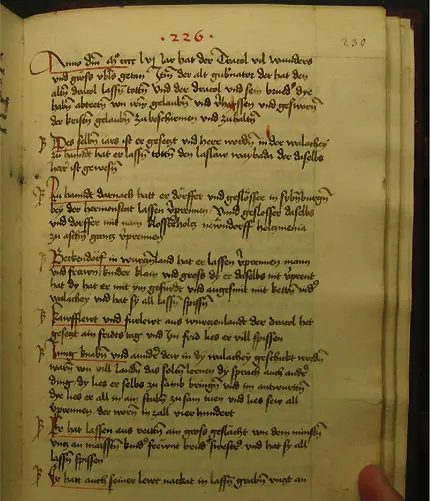
Dracula text, manuscript from Bram Stoker's novel
After the death of his father in 1447, Vlad attempted to take over the throne but was expelled by Vladislav II, a Hungarian protégé. Vlad spent the next eight years travelling through Europe and acquiring military knowledge. In 1456, he was able to defeat Vladislav and after his execution ascended the throne of Wallachia as Vlad III.
Vlad III was known for his cruelty. He often had his enemies impaled on wooden stakes, hence his nickname "the Impaler". After victorious battles, he used to dine in the midst of his near-death victims and drink their blood beforehand. These cruel practices contributed to the creation of the vampire myth.
The Irish writer Bram Stoker made Vlad III, Count Dracula, the most famous vampire of all time. In Stoker's novel "Dracula", the count is an undead prince of darkness who lives in a castle in Transylvania and feeds on human blood. Although Stoker never met Vlad III in person, the character of Count Dracula is based on the stories and legends he heard about Vlad.
The story of Count Dracula has had a profound impact on popular culture and has led to numerous adaptations in books, films, television series and video games. Despite his historical cruelty, Vlad III remains a fascinating figure whose life and deeds formed the basis for one of the most famous and enduring stories in horror literature.
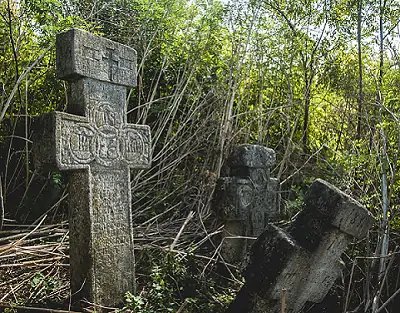
Transylvania is surrounded by the densely forested mountains of the Carpathians like a huge castle created by nature. This region is home to medieval towns and unspoilt villages.
But behind this idyllic facade lies a dark secret that terrifies the locals. For Transylvania is also home to vampires, the sinister creatures of the night that feed on the blood of the living.
What sounds like fantasy and fiction is actually a real place, a region in central Romania. In the Transylvanian forests, there are secrets and magic that seem to be out of this world. Faint lights glow between the trees, eerie, whispering voices can be heard on the wind. Travellers who have ventured too deep into the forest have never been seen again...
The Gothic cemeteries full of eerie crypts and tombs may harbour the remains of undead creatures. The mysterious and magical symbols on the tombstones show the fear of the population and their attempt to block the path of the sinister, cruel beings into our world.
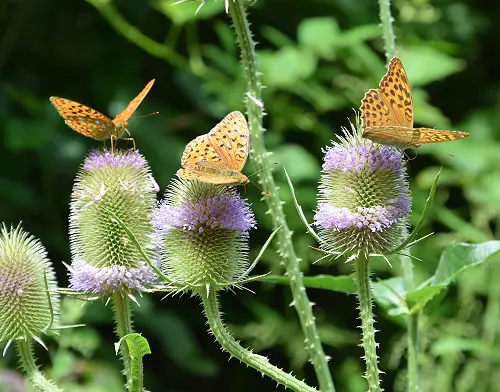
You are supporting a special nature and animal conservation project in Transylvania. We plant native deciduous trees - original tree species such as robinia, oak and maple. We are actively committed to the protection of flora and fauna. The land for our land donations may not be used commercially.
This means that trees, shrubs, grasses, flowers, herbs, mosses and fungi can develop undisturbed. At the same time, the fauna also develops with numerous different species: Insects, reptiles, amphibians as well as small mammals and birds find a safe habitat here.
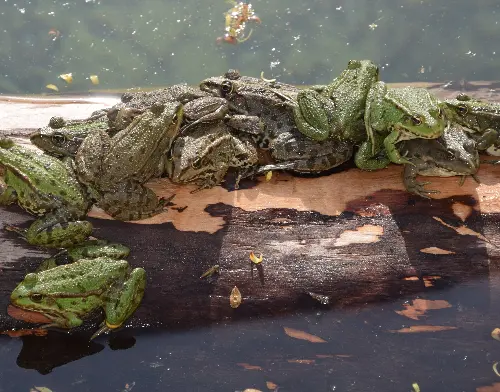
The property's own spring and the stream on the property round off this habitat. They provide undisturbed access for all the fauna from the surrounding area and the opportunity to obtain fresh, clear spring and mountain water. This is particularly important during the long, hot and dry Transylvanian summers.
Roe deer, deer, foxes, wild boar, badgers, martens, frogs, toads and amphibians, small rodents and reptiles such as lizards and slow worms from the surrounding woodland areas make use of this opportunity and regularly visit the fresh water source.
This project actively contributes to the preservation and expansion of valuable ecosystems.
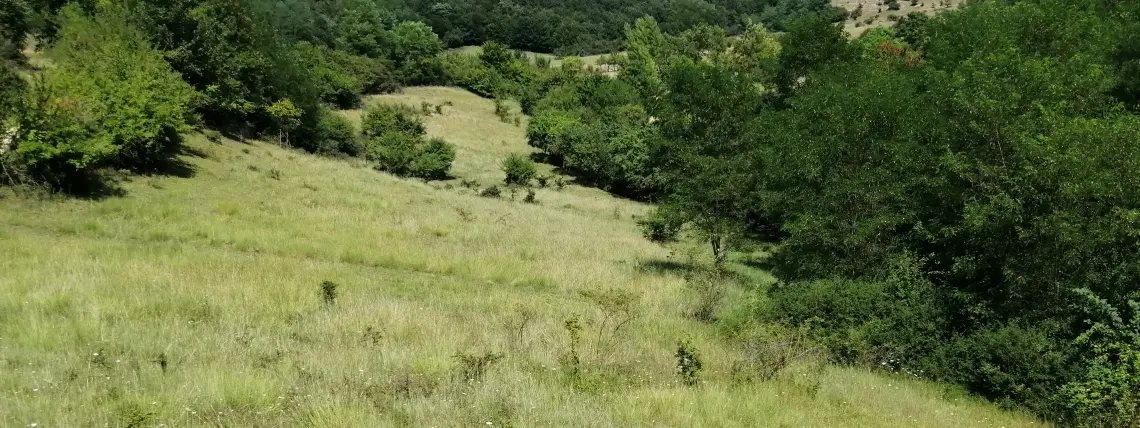
The land gifts are located on this property.
Don't wait any longer and take your own piece of Transylvania!